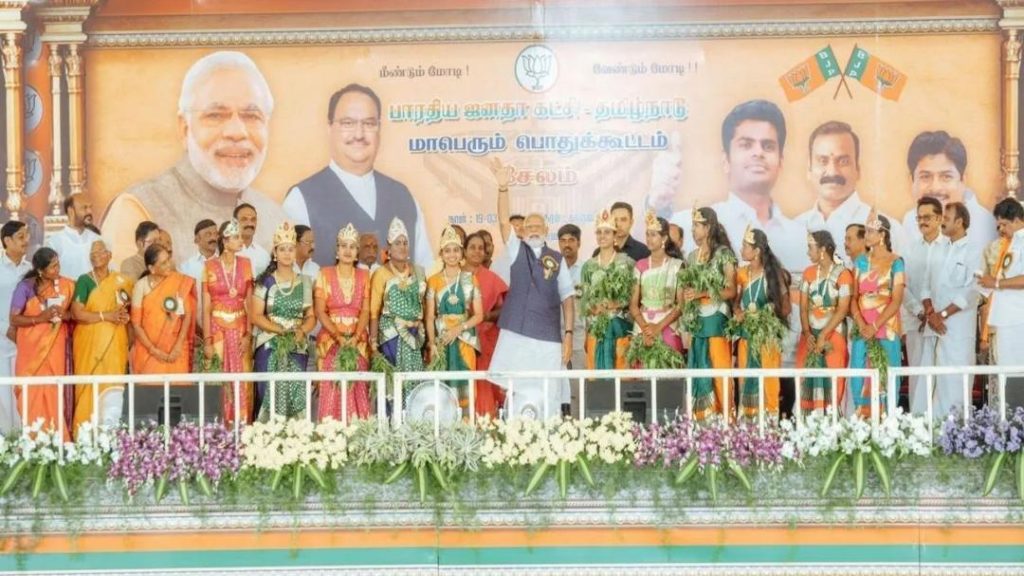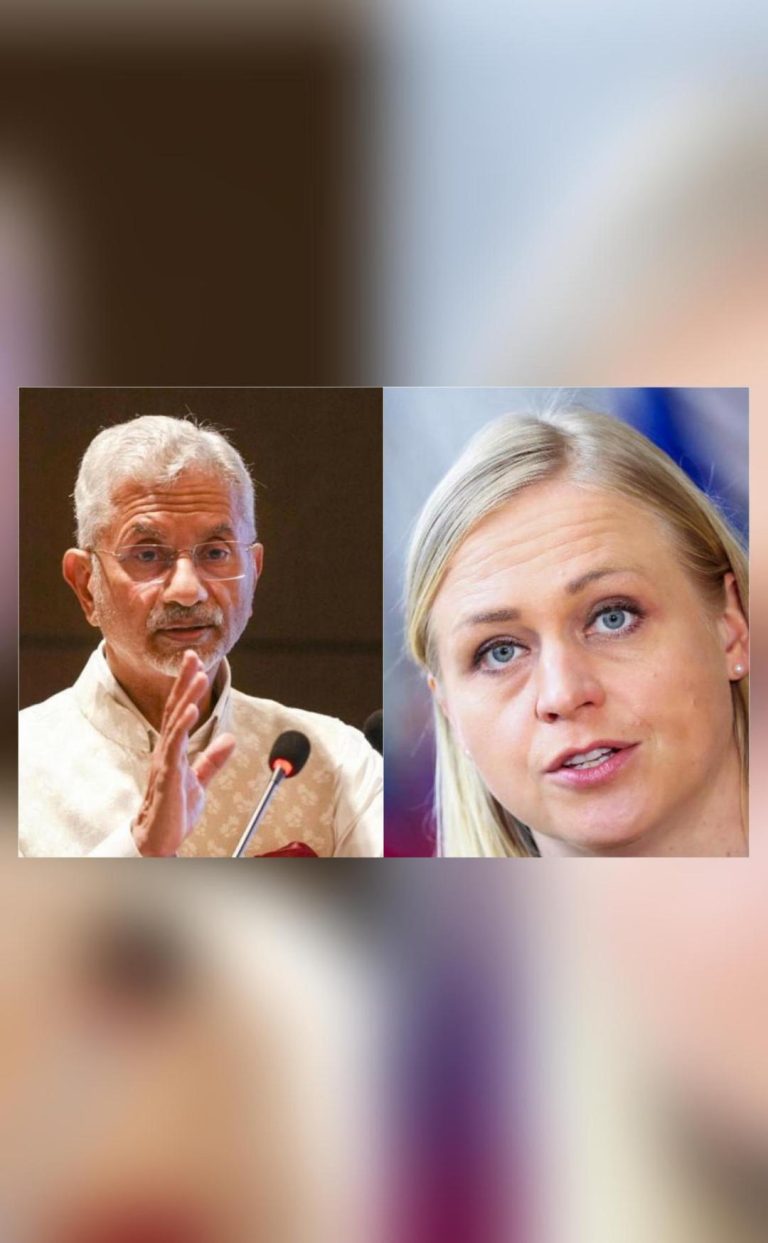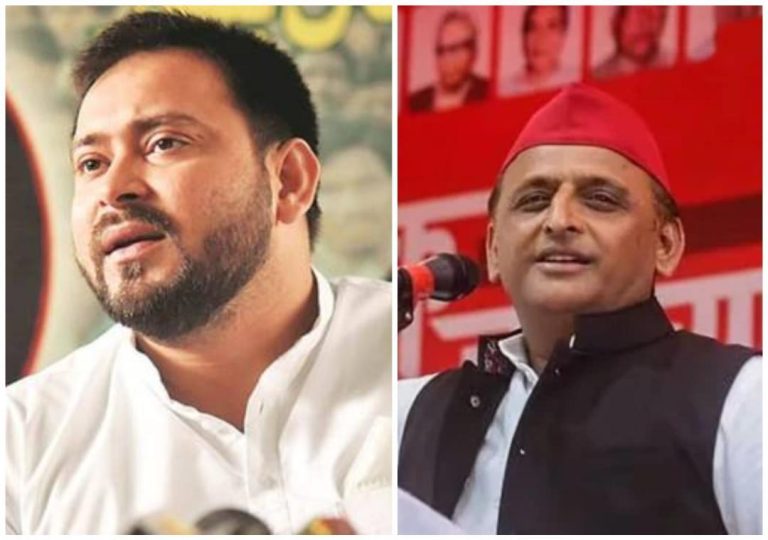
PM Modi visited Tamil Nadu 41 times — what has it delivered?
Prime Minister Narendra Modi is scheduled for a two-day visit to Tamil Nadu, marking the 42nd time he has stepped foot in the state since taking office in 2014. The Bharatiya Janata Party (BJP) has been keen to make inroads in the southern state, which has traditionally been a stronghold of the Dravida Munnetra Kazhagam (DMK) and the All India Anna Dravida Munnetra Kazhagam (AIADMK).
Despite Modi and Amit Shah, the BJP’s national president, frequently visiting Tamil Nadu and organizing events, there is little evidence that this approach has significantly boosted the party’s standing in the state. The BJP has struggled to make a dent in the state’s electoral politics, with its best performance being a mere 11% of the vote share in the 2019 Lok Sabha elections.
So, what has the BJP’s strategy of frequent visits and events delivered? Has it helped the party build a strong presence in the state or merely served as a publicity stunt?
The BJP’s strategy
The BJP’s strategy in Tamil Nadu has been centered around showcasing Modi’s popularity and attempting to woo the state’s voters with promises of development and good governance. The party has organized numerous events, including rallies, public meetings, and distribution of relief materials, with the Prime Minister at the helm.
Modi’s visits have also been accompanied by a series of announcements and promises, including the establishment of a new AIIMS, a railway zone, and a slew of development projects. The party has also attempted to forge alliances with local leaders and parties, such as the Pattali Makkal Katchi (PMK) and the Desiya Murpokku Dravida Kazhagam (DMDK).
The outcome
Despite the BJP’s efforts, the party has failed to make significant gains in the state. In the 2021 Tamil Nadu Assembly elections, the BJP won a mere 2 seats out of 234, securing a paltry 4.7% of the vote share. In the 2019 Lok Sabha elections, the party won 1 out of 39 seats, securing 11% of the vote share.
The party’s poor performance in the state can be attributed to several factors. One of the main reasons is the BJP’s limited presence on the ground. The party lacks a strong organizational structure and a robust network of leaders and workers in the state. This has made it difficult for the party to connect with voters and build a grassroots movement.
Another factor is the BJP’s inability to resonate with the state’s voters on issues that matter to them. Tamil Nadu is a state with a strong cultural identity and a distinct language, and the BJP’s Hindi-centric and Hindutva-oriented approach has alienated many voters.
The limitations of Modi’s charm
Modi’s charisma and popularity have been a significant factor in the BJP’s success in other parts of the country. However, in Tamil Nadu, his charm seems to have worn off. The state’s voters are more concerned about issues such as water scarcity, unemployment, and the economy, and Modi’s development agenda has failed to resonate with them.
Moreover, Modi’s frequent visits to the state have become seen as a publicity stunt, with many voters viewing them as an attempt to distract from the party’s lack of substance on the ground. The Prime Minister’s meetings with local leaders and party workers have been criticized as stage-managed and lacking any real substance.
Conclusion
As Modi prepares for his 42nd visit to Tamil Nadu, it is worth reflecting on what has been delivered so far. Despite the BJP’s best efforts, the party has failed to make a significant impact in the state. The party’s limited presence on the ground, its inability to resonate with voters on issues that matter, and Modi’s declining popularity have all contributed to its poor performance.
The BJP’s strategy of frequent visits and events has been criticized as a publicity stunt, and it is unclear whether it will be able to deliver any real results in the long run. As the party looks to rebuild its presence in the state, it will need to adopt a more nuanced approach that addresses the concerns and aspirations of Tamil Nadu’s voters.






